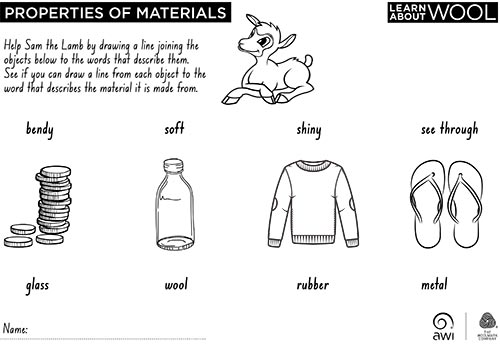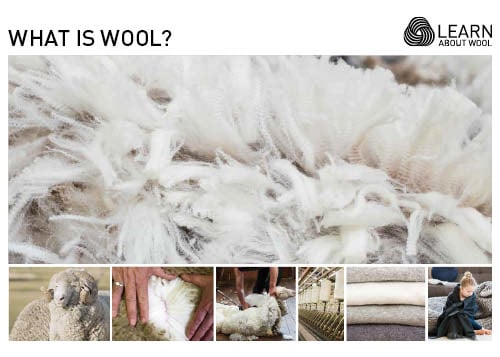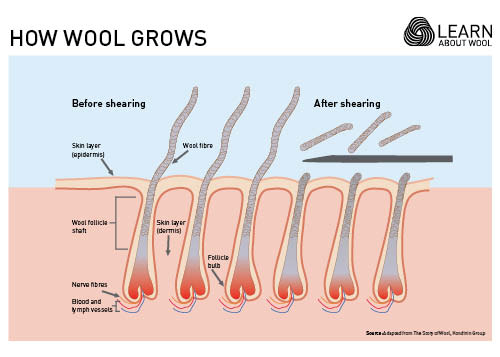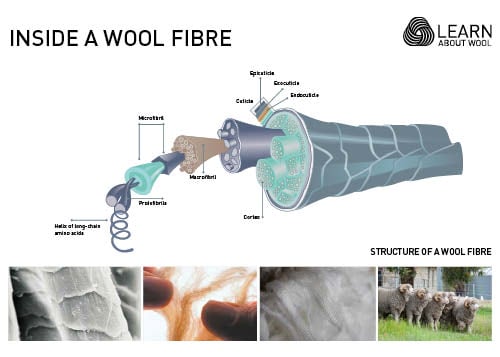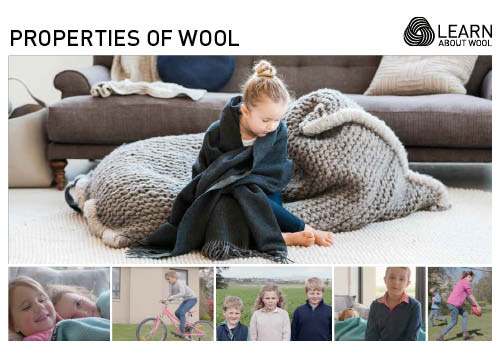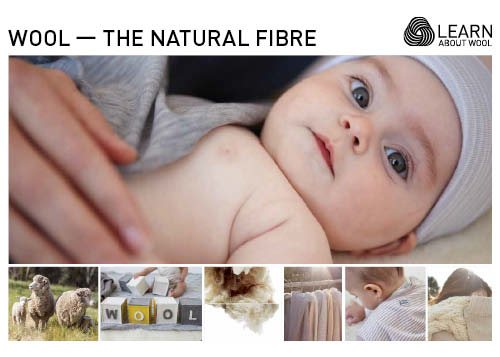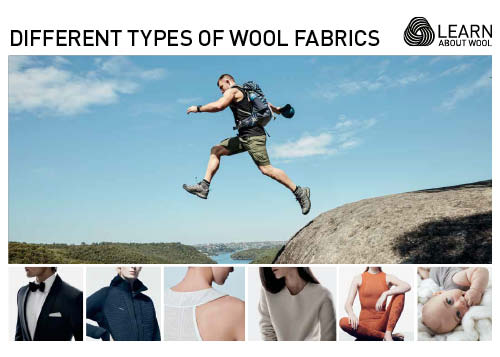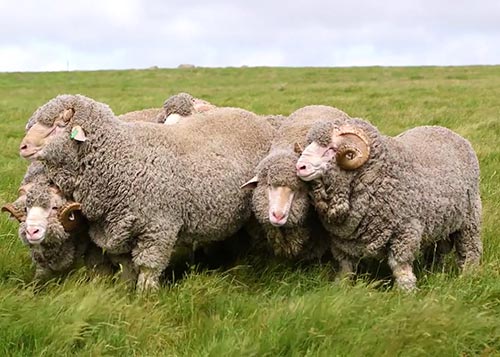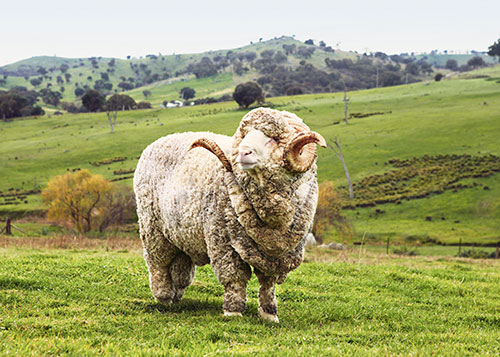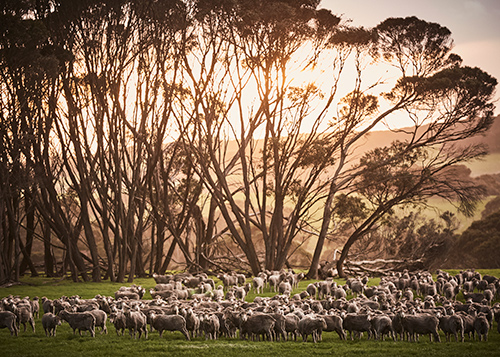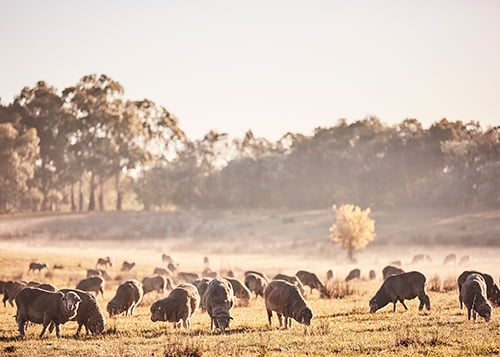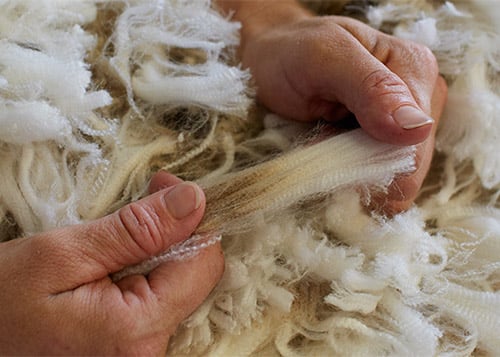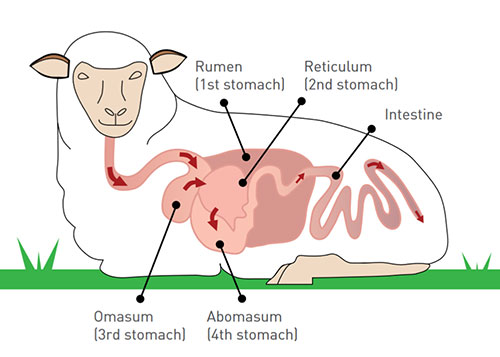Many students will have little knowledge about, or experience with, the origin of the fibres used in everyday items of clothing and furnishings. They may not understand the difference between natural and synthetic fibres or appreciate the different processes used to produce everyday textiles.
The focus of this lesson is to spark students’ interest, stimulate their curiosity, raise questions for inquiry and gain an understanding of their existing beliefs about the textiles and fibres they come into contact with every day. These existing ideas can then be taken account of in future lessons.
During this lesson students will have the opportunity to:
- explore and make observations about a range of raw materials and end products
- discuss the different uses for fabric/textiles (e.g. clothing, bedding and furnishings)
- identify the sources of the textiles they have explored (e.g. animals, plants and petrochemicals)
- explore the differences between natural and synthetic fibres
- identify the source of wool.
NOTE: This lesson contains an extension activity:
- have a class discussion on what they think a 'natural' fibre might be.
Links to the Australian Curriculum:
- Objects are made of materials that have observable properties (ACSSU003)
- Science involves exploring and observing the world using the senses (ACSHE013)
- Respond to questions about familiar objects and events (ACSIS014)
- Explore and make observations by using the senses (ACSIS011)

